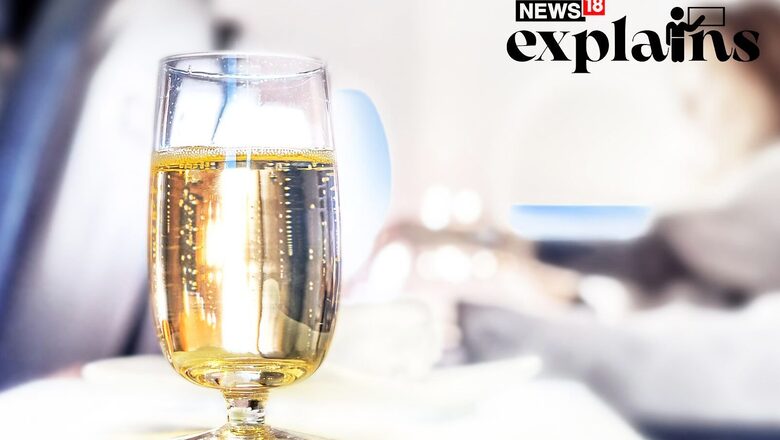
views
From ‘peeing’ on a fellow passenger to a full-blown fight, humans seem to remain the same even if suspended thousands of feet above the ground. Recent incidents reported on flights, some involving alcohol, have invited increased scrutiny over how to regulate and even punish such unruly and harmful behaviour.
In the most recent incident, a 45-year-old Italian woman passenger allegedly punched a crew member, spat on another staffer and stripped on board a Vistara flight to Mumbai from Abu Dhabi after she was stopped from entering the business class, police said on Tuesday. The incident took place on Monday and after the flight landed in Mumbai, the crew members handed her over to Sahar police and she was arrested, they said. READ MORE
The debates also encompass passengers being served alcohol in flights; what is the permissible limit, should liquor be served at all, and more. But to understand this, it’s important to look at history and determine the changed course of the times.
When Was Alcohol First Served in Airplanes?
A report by the Telegraph gives one a peek into the history of in-flight drinking, and it’s full of glitz, glamour and luxury.
And the first was no less. When a group of passengers boarded a hot air balloon designed by two French brothers, Joseph-Michel and Jacques-Etienne Montgolfier, who had made their first manned hot air balloon journey a week earlier, the first ever airborne alcoholic drink was served in December 1783, the report says.
Richard Foss, author of Food in the Air and Space: The Surprising History of Food and Drink in the Skies told the Telegraph that physicist Jacques Charles popped open a bottle of Champagne and served a glass to fellow passenger Nicholas-Louis Robert to toast the ascent as the balloon began its two-and-a-half-hour journey.

As flight journeys became longer and more common, serving in-flight drinks, in addition to food, became important for more than just ceremonial reasons. But that first glass of champagne in the sky set the tone for the glamorous era of air travel to come.
Many commercial airlines began to emerge in the United States during the Prohibition Era (1920-1933), when alcohol could not be served on flights. However, several passengers, particularly anxious fliers in need of a sedative, were said to have smuggled drinks onto the plane in bottles labelled as medicine.
From its inception in 1927 to its demise in 1991, Pan Am, one of America’s largest international airlines, served alcohol on international flights in the late 1940s, as did another US carrier, National Airlines, which only served it on flights from New York to Miami once they were outside of US airspace.

Beer, spirits or wine as an aperitif at any time of day, more wine with the meal, then more postprandial spirits if required. For some reason, there was never an issue with excessive consumption causing air rage – those who overindulged simply fell into a deep slumber for the rest of the journey.
Jack El-Hai, author of Non-Stop: A Turbulent History of Northwest Airlines told the Telegraph that Northwest Airlines, which dissolved after a merger with Delta in 2008, was the first to recognise the potential of in-flight drinking with the introduction of larger kitchen galleys and dining spaces on its new Boeing Stratocruiser aircraft in 1949.
Due to space constraints, Northwest initially limited their alcoholic offerings on domestic flights to martinis, scotch, Manhattans, and whisky.
The rise of in-flight misbehaviour however, has become more commonplace today. And while moderate drinking on flights is encouraged to be the norm nowadays, it was not always the case. According to reports, drinks were once served in seemingly unlimited quantities.
“There was a time – before low-cost airlines – when drinks were free and liberally distributed on all flights, along with a complimentary meal,” Telegraph Travel’s Nick Trend said.
“Beer, spirits or wine as an aperitif at any time of day, more wine with the meal, then more postprandial spirits if required. For some reason, there was never an issue with excessive consumption causing air rage – those who overindulged simply fell into a deep slumber for the rest of the journey.”
Passengers on Southwest Airlines, one of the world’s first low-cost carriers, were served “Love Potion” cocktails in the 1970s by flight attendants dressed in hotpants. Following its inaugural flight from Dallas Love Field Airport, the cocktails were part of the airline’s ongoing play on the theme of love at the time.
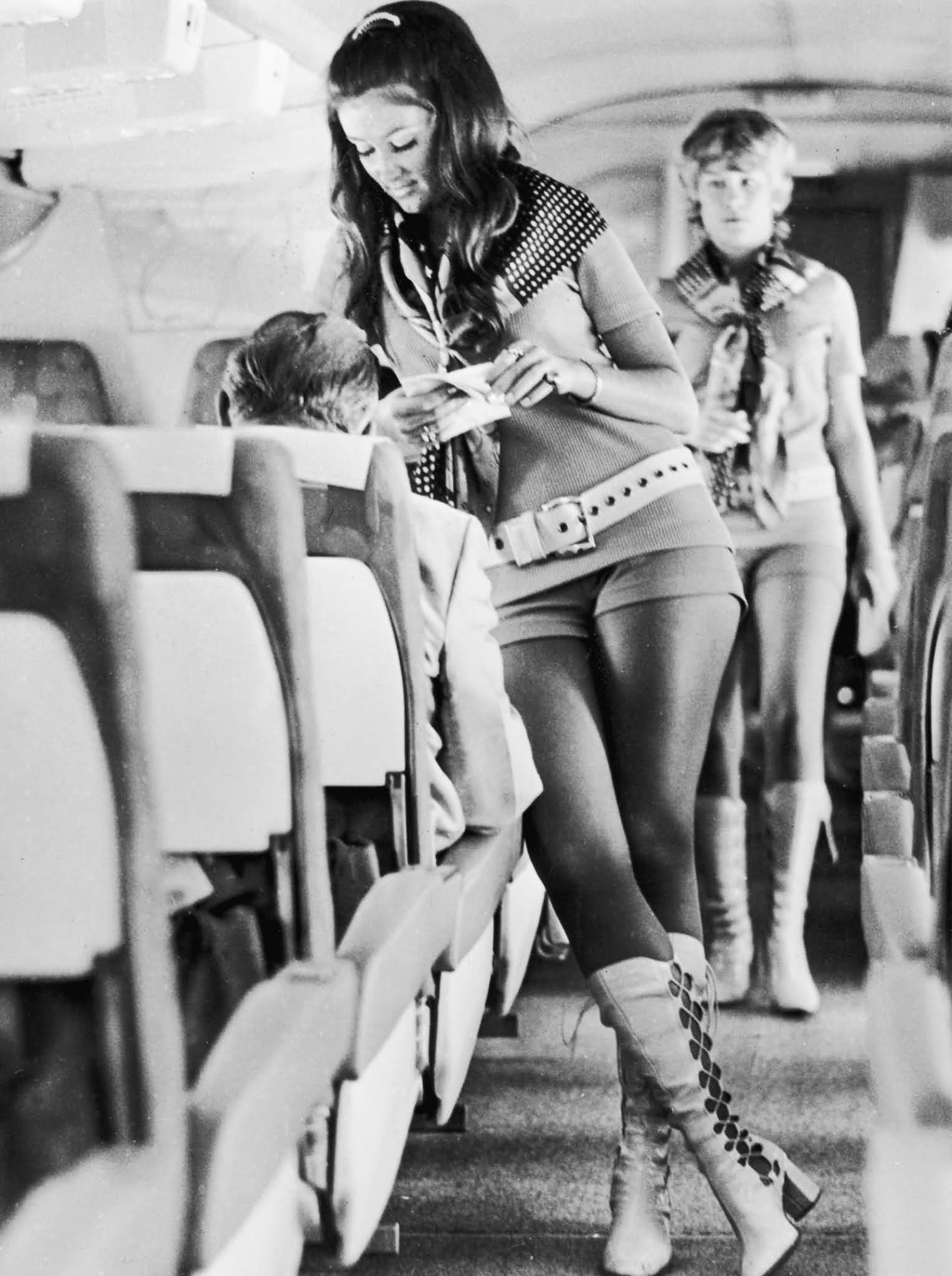
Alcohol consumption was considered one (or perhaps the only) form of in-flight entertainment in the absence of Wi-Fi, smartphones, tablets, and other forms of digital technology.
However, with the first introduction of economy class seats on transatlantic flights, the exclusive feel and glamour of air travel began to fade. Airlines were required to offer only coffee, tea, mineral water, and “simple, cold, and inexpensive” sandwiches in economy class.
Why is Disruptive Flight Behaviour Rising?
Incidents of disruptive behaviour on flights has been seen around the world.
After one of its flight attendants was assaulted, Southwest Airlines suspended alcohol sales on its flights until at least January 2022. American Airlines has implemented similar measures in its main cabin. In an effort to stem the tide of violent passenger incidents, the FAA implemented a zero-tolerance policy. Passengers who engage in disruptive behaviour may face fines of up to $37,000 per violation, a report by CNBC said.
Addressing this very question that we now ask, Maia Szalavitz wrote for the Guardian that modern air travel was a prime example of a situation in which human status is highly visible: it can be seen in everything from how the wealthy can pay to bypass security lines to how everyone else must wait while those with “earned status” board first. Then there’s the long walk through the plush first-class cabin to a claustrophobic middle seat in “torture class” at the back.
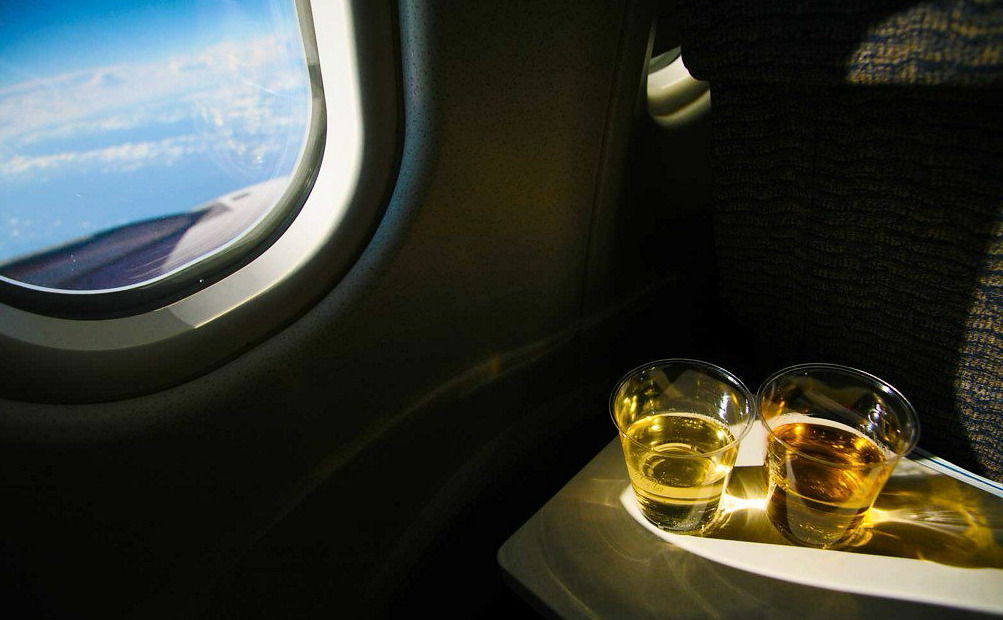
Citing a study study of air rage and class published in 2021, the report said economy passengers feel the most rage when they walk through first class because it reminds them of their inferiority. However, first-class passengers were not any calmer: those who were subjected to the humiliation of having the unwashed walk through their space rather than boarding out of sight through a middle door were even angrier.
Szalavitz spoke with Robert Sapolsky, a neurology professor at Stanford University and the author of the recently published Behave: The Biology of Humans at Our Best and Worst, who has studied baboon status stress. Sir Michael Marmot, a British physician and scientist who discovered striking parallels in humans in large, long-term studies of British civil servants, was also interviewed.
To investigate how status interactions affect stress, Sapolsky observed baboons in Kenya, observing the ranking primates use to put others in their place. He would anaesthetize the primates briefly with a blowgun dart to measure their stress hormones. Then, before the large, confused, and likely angry animal regained consciousness, he would quickly obtain a blood sample.
Status stress is visible in baboons through obvious bullying: the alpha male hits a lower-status male, who chases a weaker male, who takes his rage out on a female, who bites a younger, lower-status female.
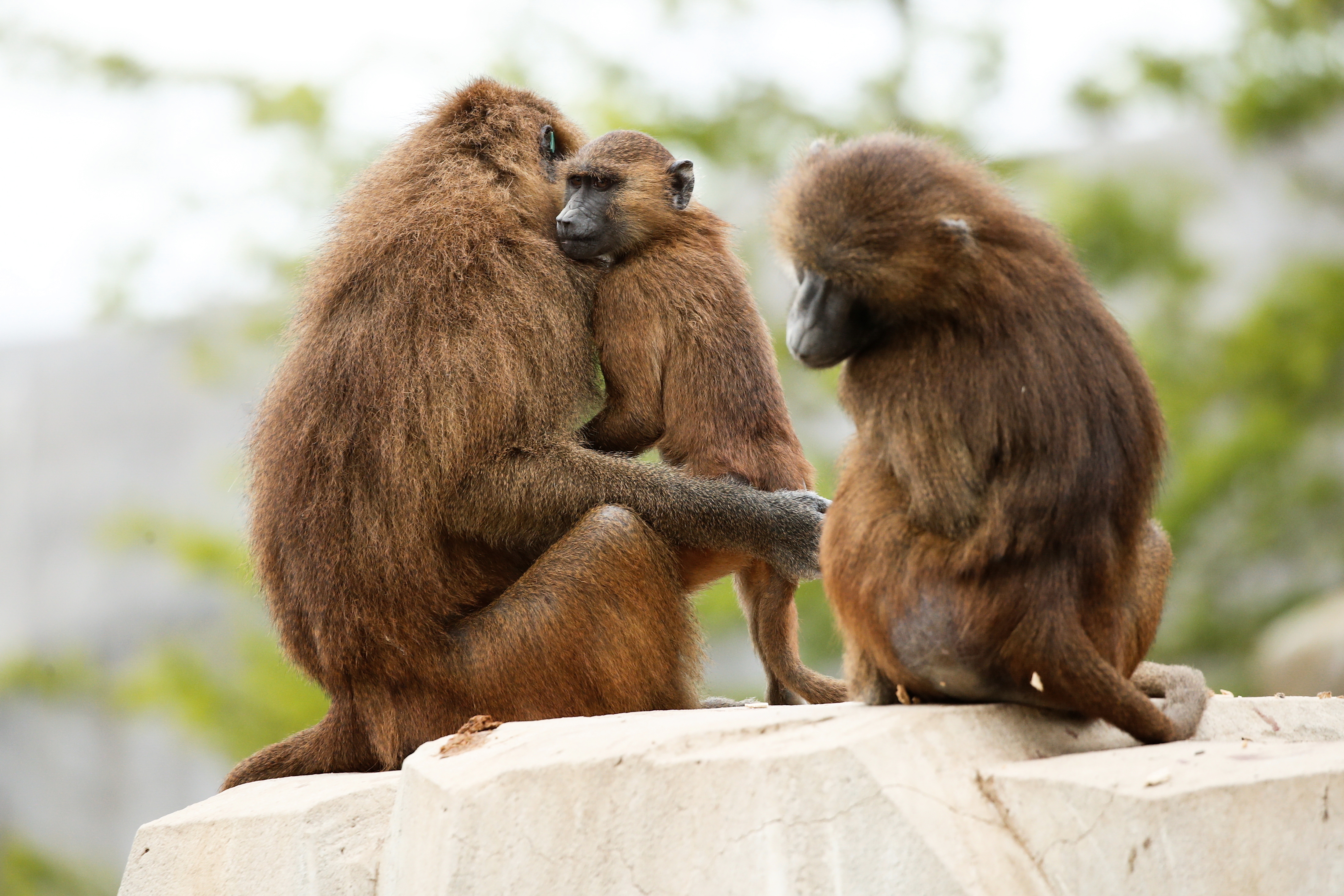
These effects are mirrored in stress hormone responses: those at the top have the lowest levels, except when the ranks are unstable. Low-ranking animals, on the other hand, are constantly bombarded with stress hormones.
Lower-ranking baboons have less “good” cholesterol, higher blood pressure, and impaired immune systems, all of which are risk factors for the most common causes of death, such as heart attacks, strokes, infectious diseases, and some cancers.
The most intriguing aspect of this data is that it cannot be explained by the blame-the-victim logic that is frequently used to dismiss concern about poor people, the report argued. Wild baboons do not drink, smoke, use drugs, or eat junk food in their natural habitat, so the differences in health between higher- and lower-ranking animals cannot be explained by the bad habits of the baboon underclass.
Marmot’s research on civil servants in the United Kingdom, known as the Whitehall study, discovered similar effects in humans.
This means that even professionals and executives one rank below the top-level administrators died at a higher rate than their bosses, the report said. And so on, all the way down the scale.
“There was a fourfold difference in mortality between top and bottom [civil servants] in the original Whitehall study,” Marmot says. “Not only was the difference between top and bottom striking, but so was the gradient.”
Sonja Ardoin, a clinical assistant professor at Boston University who grew up poor in rural Louisiana, became acutely aware of her situation during her first flight at the age of 21, the report says. “I’d never flown before,” she explained. “No one in my family had flown before.” On her first flight, she was self-conscious about how her inexperience showed: her slowness through security, difficulty finding the gate, and fumbling with the tray table and overhead bin.
The blight of ever-narrower class distinctions at the airport is also part of the spiral that increases inequality: airline deregulation in 1978, which initially resulted in increased competition, has now resulted in a race to the bottom, where a lack of consumer protection laws means there’s no limit on how minimal seat sizes or legroom can get, the report states.
So, why is upper-class air rage so much worse? Sapolsky attributes this to entitlement, but the author of the report also attributed it to fear: fear of losing status, fear of not deserving it in the first place.
This article was originally published on January 10, 2023
Read all the Latest Explainers here


















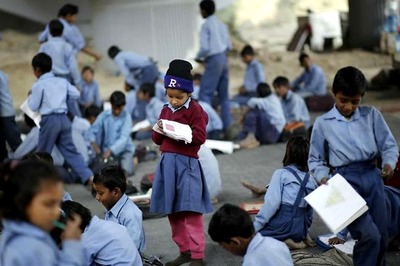

Comments
0 comment